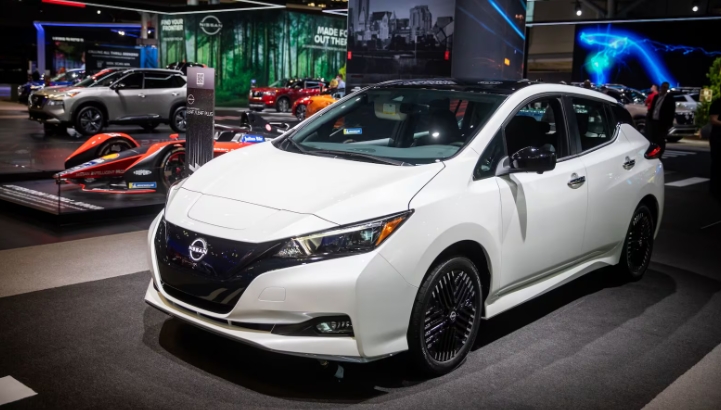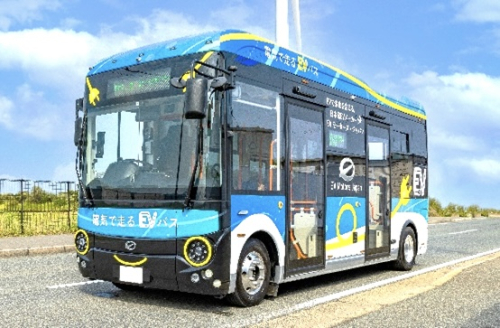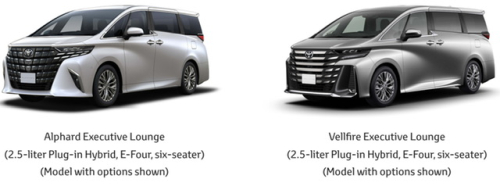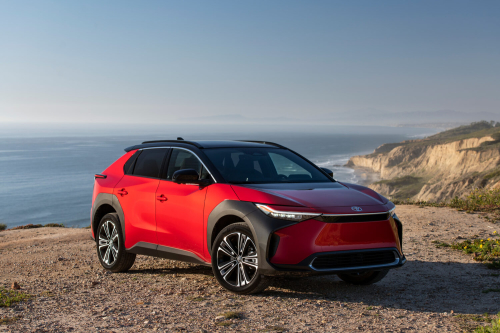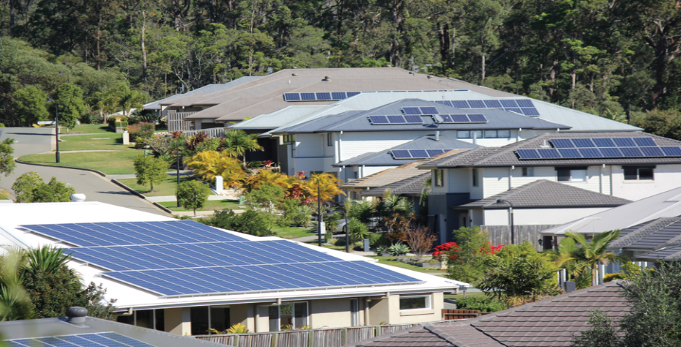
There’s no one-size-fits-all when it comes to providing stable and secure energy. This is especially true in Australia, where our country has many unique landscapes and communities. For many rural and regional locations across Australia, a microgrid is the most reliable and secure option for electricity. So what are they, how do they work, and how are they helping Australia transition to renewable energy?
It can be challenging to find a universal definition for the term “microgrid” due to the diversity in configurations and technologies associated with these localised energy systems. Microgrids can vary widely in size, components and operational characteristics, and encompass a broad range of applications, from small community-based setups to large industrial installations.
Essentially, microgrids are small-scale electricity systems that coordinate local energy resources such as solar panels, battery storage and other distributed infrastructure. The key characteristic of a microgrid is its ability to generate, distribute and regulate its own electricity within a specific geographic area.
Some microgrids can still remain connected to the main grids, and take energy from them when it’s cheaper to do so compared to their local sources, such as solar, whereas some function totally independent of the main grids – this is called ‘islanding’.
According to the Journal of Renewable and Sustainable Energy Reviews, the specific requirements of a microgrid are:
» The distribution system of a microgrid must be distinguished from the rest of the system
» The connected resources are controlled “in concert with each other rather than distance resources”
» The microgrid can function outside of the macro grid
Importantly, there is no expected size of distributed energy resources (DERs) or technologies that can be used. A microgrid can therefore be a small number of houses with solar panels, or a small-scale solar farm with community interest.
While microgrids are used predominantly in remote and regional locations across Australia, essential services and even military facilities are often supported by backup diesel-powered emergency microgrids.
Microgrid advantages
The most obvious benefit of microgrids is the reliability and security they provide their connected users. During periods of high energy usage, when the main grids are strained, disconnections or blackouts can occur. Utilising a microgrid can then create a more reliable service.
When power disruptions occur due to fires, floods and other natural disasters or extreme weather events, microgrids can also offer homes and businesses a more resilient energy supply. Another advantage of microgrids is reducing reliance on a macro grid.
In remote and regional locations that are unable to engage with main electricity grids, communities often rely on microgrids to meet their energy needs. Community-owned and operated microgrids also offer remote and Indigenous communities autonomy, ownership and control over their energy resources.
Green energy transformation
While microgrids located in Australia’s remote and regional locations have traditionally used diesel-powered generators, newer systems are increasingly powered by renewable energy sources. The rising costs and environmental impact of diesel, coupled with the long journeys undertaken by diesel trucks in Australia’s remote areas, make diesel-powered generators an unsustainable option. In contrast, renewable energy technologies are becoming increasingly affordable.
Moreover, microgrids are playing a larger part in Australia’s journey to net zero, and helping reduce stress on the macro grids. The increasing amount of renewable energy being sent to the grids, coupled with the closure of fossil fuel generators leading to insufficient base load times and high electricity prices, can be mitigated with the assistance of microgrids. By incorporating battery storage technology, microgrids effectively address grid voltage fluctuations without necessitating substantial changes to transformers or grid infrastructure.
Recent research has looked at the potential to use renewable hydrogen to enhance microgrid resilience, as it is an efficient means of long-term energy storage. As the energy landscape evolves, so do microgrids, becoming key contributors to a more sustainable and resilient energy future.
Microgrid challenges
Despite the benefits of microgrids, there are many challenges in deploying these systems across Australia. Firstly, the country’s diverse geography and climate conditions make it difficult to effectively harness renewable energy sources like solar and wind across different regions. The need for sophisticated control systems to manage the variability of these sources adds another layer of complexity and increases the cost of implementation.
Although renewable energy technologies have become cheaper, setting up a microgrid still requires substantial upfront investment in DERs. This can be a significant barrier to widespread adoption, especially for smaller communities or remote areas with limited financial resources.
Collaboration and coordination between different levels of government is essential to creating an environment conducive to microgrid deployment. Engaging local communities is also important, particularly in areas where there may be resistance to change or concerns about renewable energy infrastructure.
Overcoming barriers to adoption
In May 2023, the Northern Territory Government announced a $15 million investment in supporting microgrids in remote Indigenous communities to reduce their reliance on expensive diesel generators.
On 25 August 2023, the Australian Renewable Energy Agency (ARENA) opened its Regional Microgrids Program, investing up to $125 million to develop and deploy microgrids across regional Australia. Under the program, $75 million has been allocated to microgrid projects in First Nations communities.
ARENA CEO, Darren Miller, said microgrid solutions for remote communities that rely on diesel have “unique challenges” when it comes to transitioning to renewable energy. The program aims to resolve remaining barriers to final investment and full deployment of microgrid solutions.
These initiatives underscore a concerted push towards a more sustainable and inclusive energy landscape in Australia’s regional and remote areas.
Utilities and microgrid integration
As microgrids become more affordable and widespread, utilities will continue to play a pivotal role in bringing them to life. Utilities can work with governments and other stakeholders, leveraging their expertise to integrate microgrids with the main grid.
Large-scale microgrids can help utilities better serve communities that are vulnerable to being cut off from the grid due to damage from storms or severe weather. Microgrids also alleviate pressure on utility networks and reduce power outages.
With the growth of electric vehicle charging, microgrids offer a solution for utilities facing an increased need for energy production.
Current microgrids across Australia
Onlsow
Western Australia’s Horizon Power currently has 34 microgrids across the state, all exclusive of the South West Interconnected System (SWIS). An innovative microgrid has been Horizon Power’s Onslow Renewable Energy Project. This 2021 project was the first example of an Australian utility creating a regional microgrid thanks to a DER management system.
Built across two stages, the project involved an 8MW capacity modular gas power station, a 1MW solar PV farm and a 1MWh battery storage system. This microgrid also utilises rooftop solar and residential batteries.
Kalbarri
Western Power’s Kalbarri microgrid was designed to reduce 80 per cent of the electrical outages experienced by the town and help to reduce the length of them when they do occur. Kalbarri includes a 4.5MWh battery, supplying 5MW of peak capacity and 2MWh of energy storage.
The microgrid will also increase supply from the residential rooftop solar and a local wind farm, thanks to a future-forward design process that allows for integration of more renewable energy generation sources outside of the initial design and implementation.
Bawley Point and Kioloa
Endeavour Energy launched the Bawley Point and Kioloa community microgrid in December 2023. Funded with contributions from the Federal and New South Wales Governments’ Bushfire Local Economic Recovery Fund, the microgrid harnesses electricity from renewable sources including 1000 subsided home-based batteries, rooftop solar and 3MW battery located between the two towns.
The microgrid is connected to Endeavour Energy’s network but will switch to its local ‘power island’ if the main electricity goes down due to bushfires, storms or peak holiday periods, providing Bawley Point and Kioloa communities with added security for their power supply.
